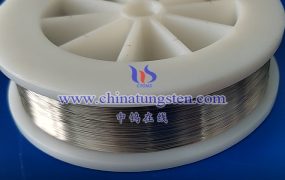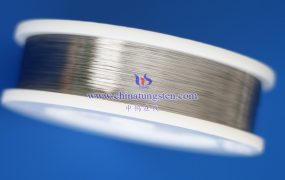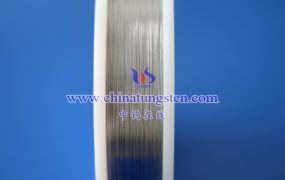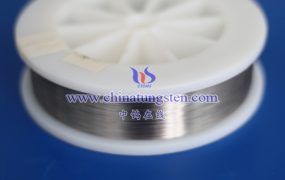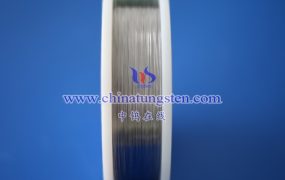The spiral density of tungsten wire has a certain influence on the luminous flux, which is mainly reflected in the following aspects:
- Spiral density and filament temperature
Increasing temperature:
When the tungsten wire is made into a spiral shape, the increase in its spiral density (that is, the number of turns of the spiral per unit length) makes the filament more compact. This compact structure helps to reduce heat loss and makes the heat generated by the current more concentrated. Therefore, at the same current, the filament with a higher spiral density can reach a higher temperature.
Luminous efficiency:
The luminescence of tungsten wire is based on the principle of thermal radiation at high temperature. When the temperature of the filament increases, the luminous flux radiated by it (that is, the radiant power that can be felt by the human eye) will also increase accordingly. Therefore, the increase in spiral density helps to improve the luminous efficiency of the filament, thereby increasing the luminous flux.
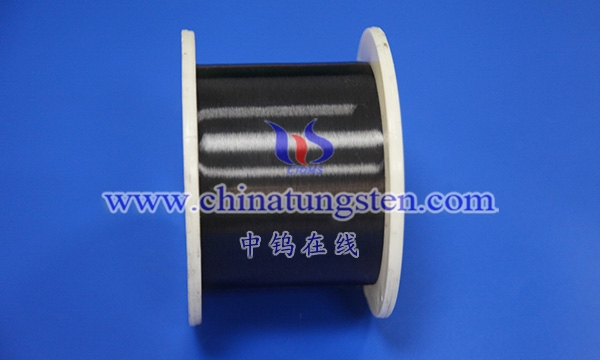
- Spiral density and filament life
Evaporation and deposition:
At high temperatures, the tungsten wire will evaporate a part of the tungsten atoms. These evaporated tungsten atoms may be deposited on the inner wall of the bulb, causing the bulb to blacken and reduce brightness. The increase in spiral density can reduce the evaporation area on the surface of the filament, thereby extending the life of the filament and the bulb to a certain extent.
Thermal stress:
The increase in spiral density will also affect the thermal stress distribution of the filament. Too high a spiral density may cause the filament to be subjected to excessive thermal stress in a local area, thereby increasing the risk of filament breakage. However, increasing the spiral density within a reasonable range can make the thermal stress distribution of the filament more uniform, which is conducive to improving the stability and life of the filament.
- Comprehensive influence
The effect of spiral density on luminous flux is complex, and it involves multiple aspects such as filament temperature, luminous efficiency, and filament life. In the manufacturing process, these factors need to be comprehensively considered to determine the optimal spiral density.
Generally speaking, increasing the spiral density within a reasonable range can improve the luminous efficiency and stability of the filament, thereby increasing the luminous flux and extending the life of the bulb. However, too high a spiral density may also cause problems such as filament overheating and breakage, so it is necessary to weigh the pros and cons to make a choice.
More details of tungsten wires, please visit website: http://tungsten.com.cn/tungsten-wires.html
Please contact CHINATUNGSTEN for inquiry and order of tungsten needles:
Email: sales@chinatungsten.com
Tel.: +86 592 5129595

